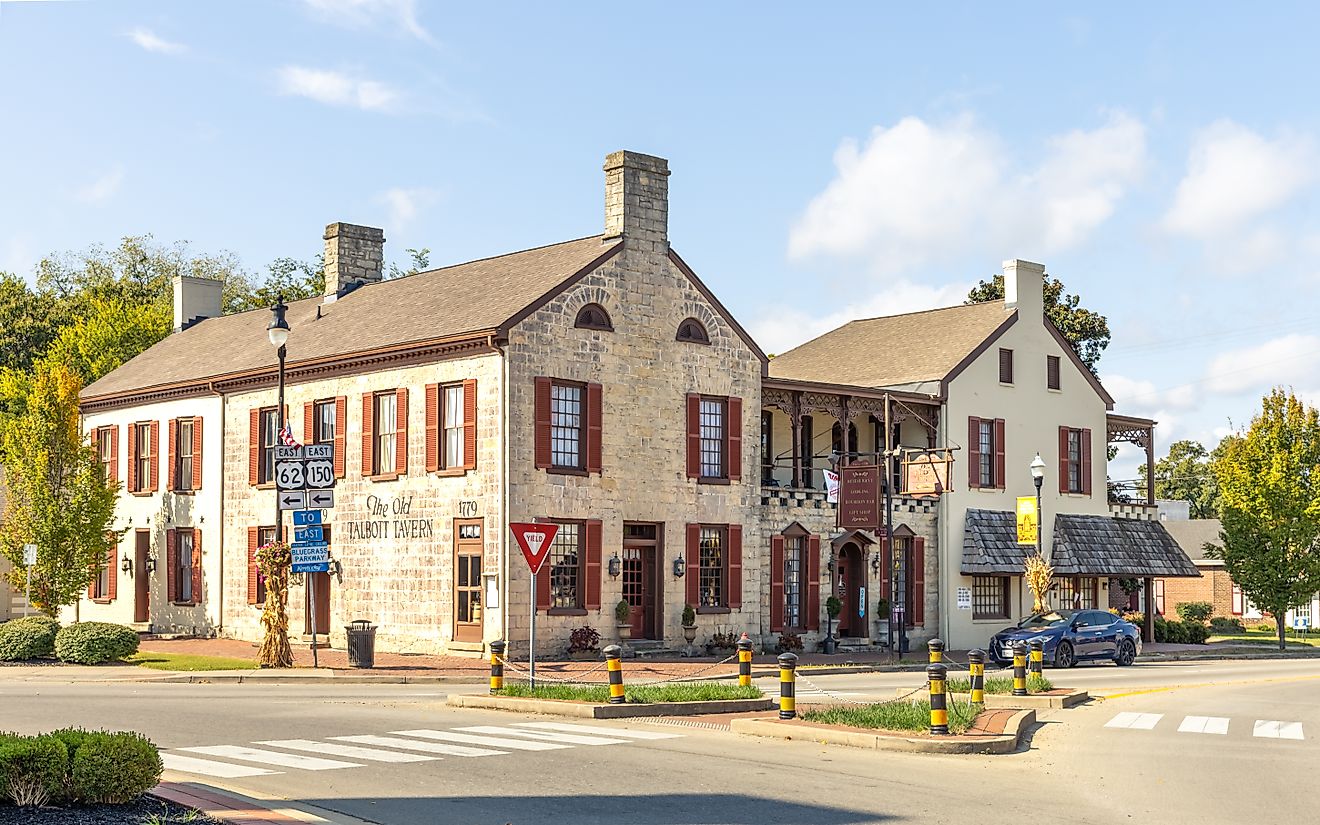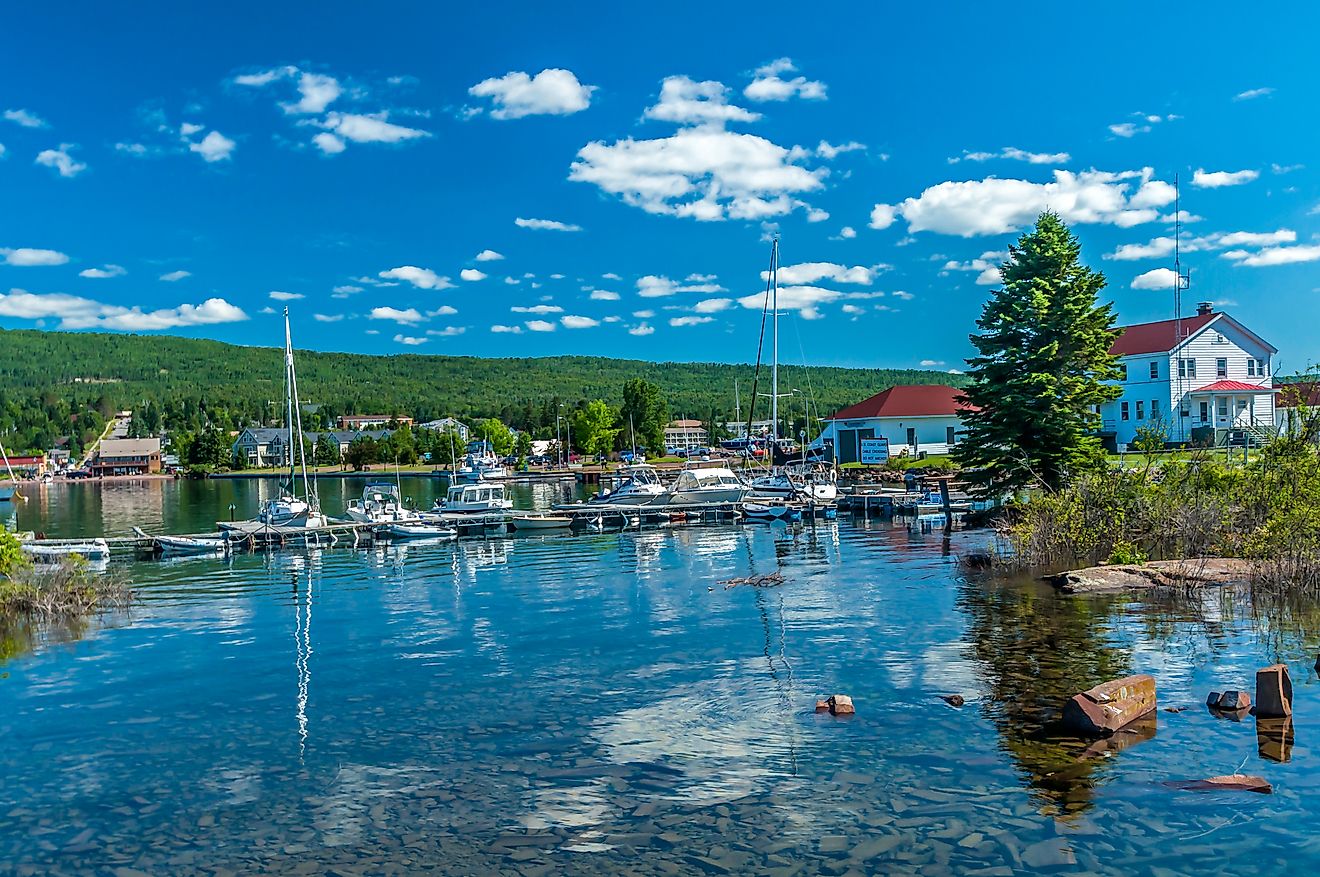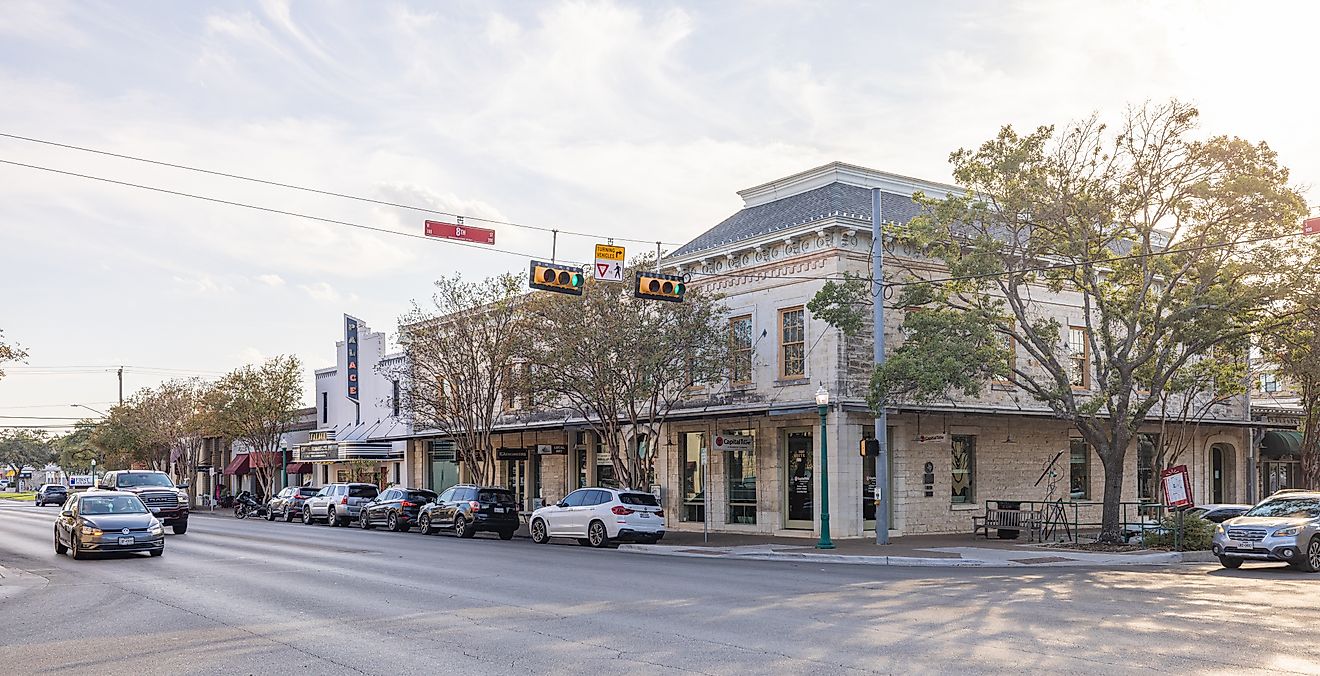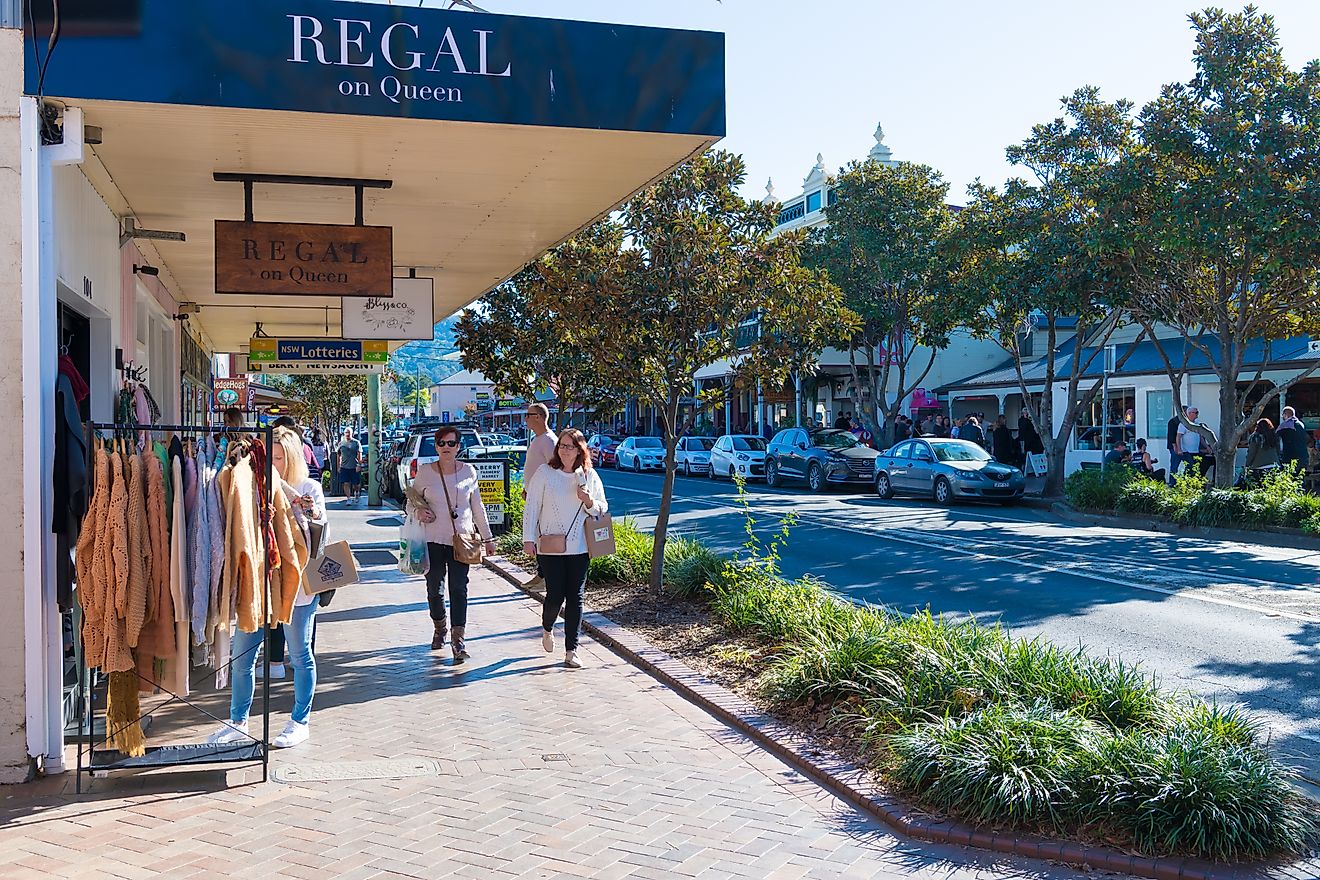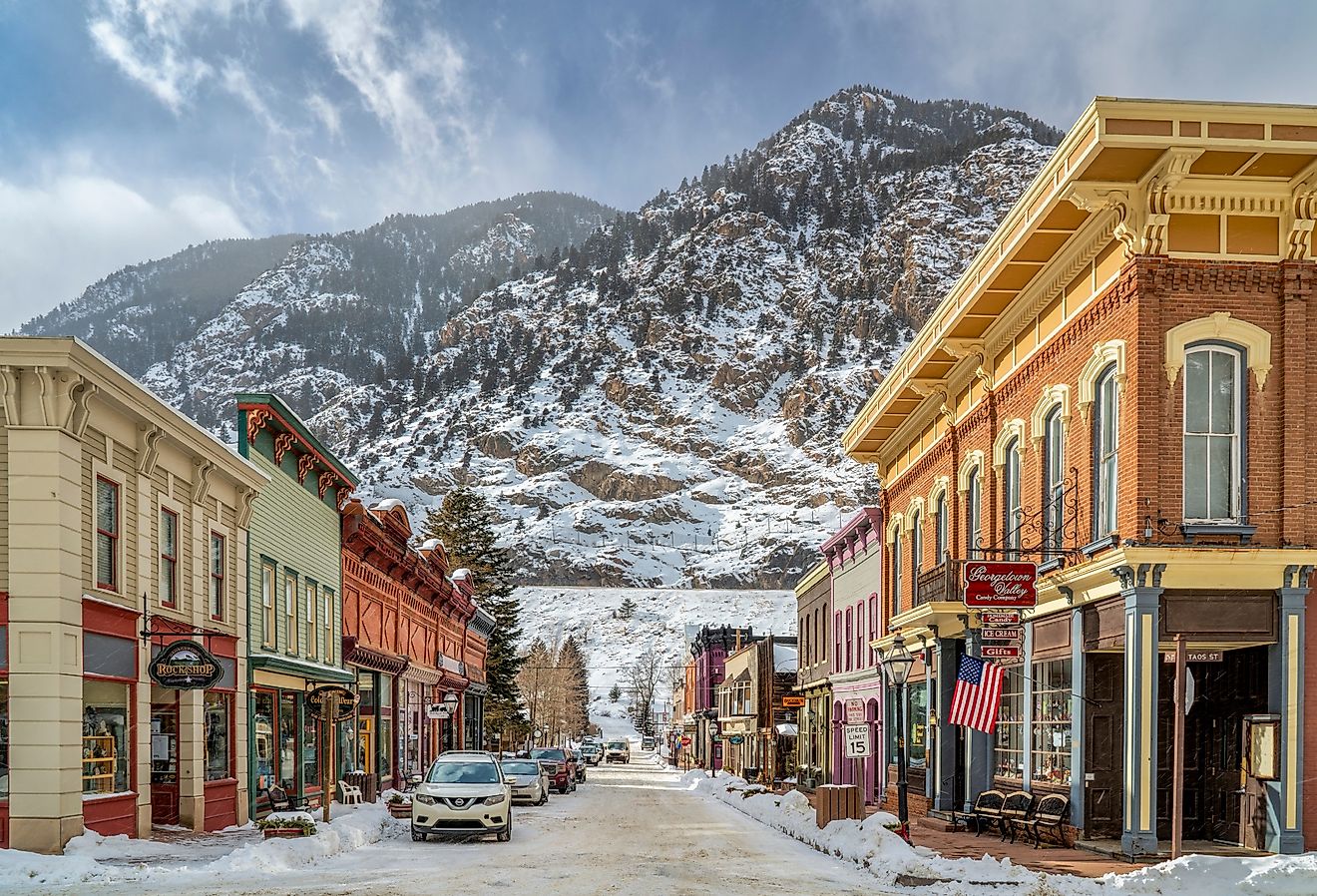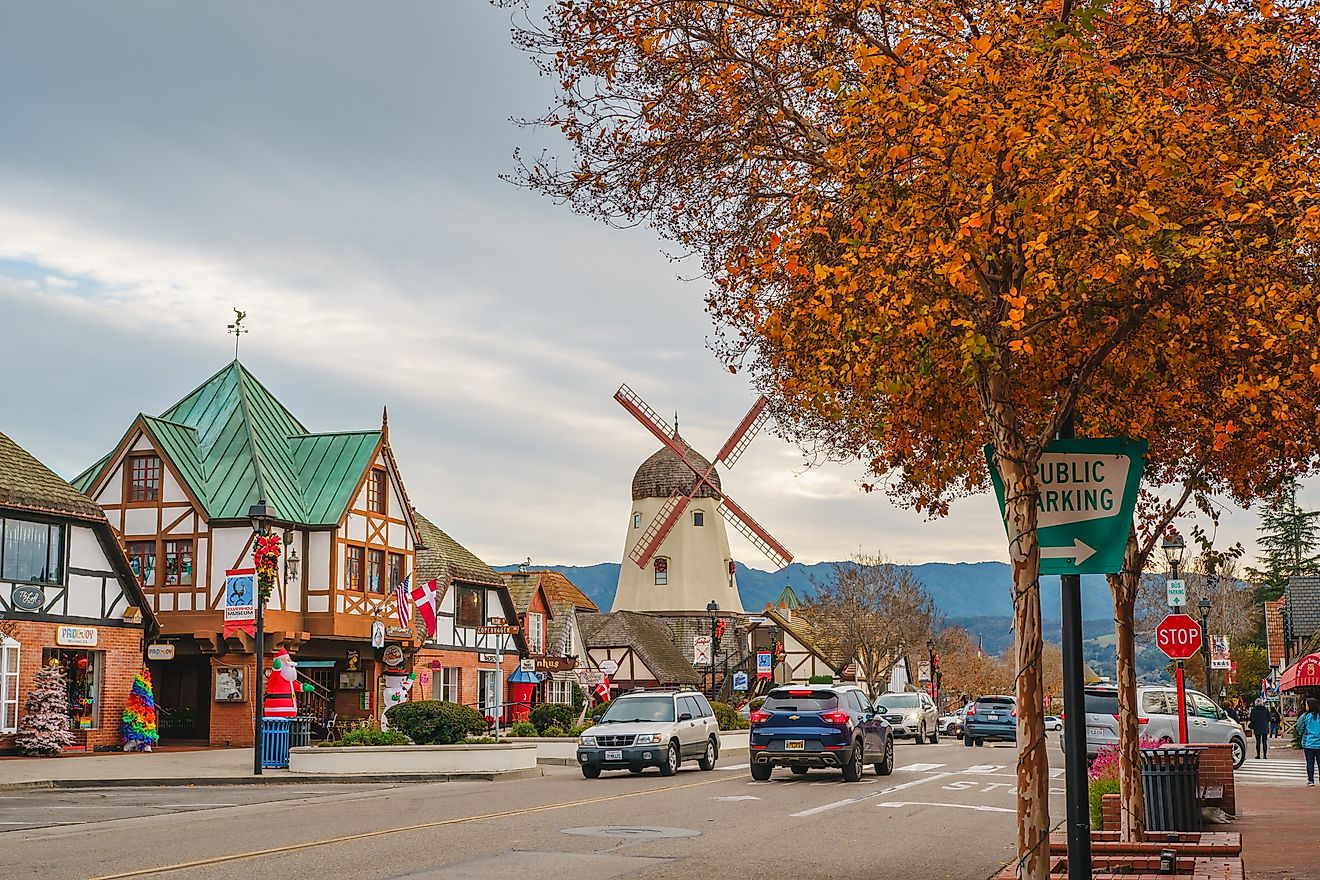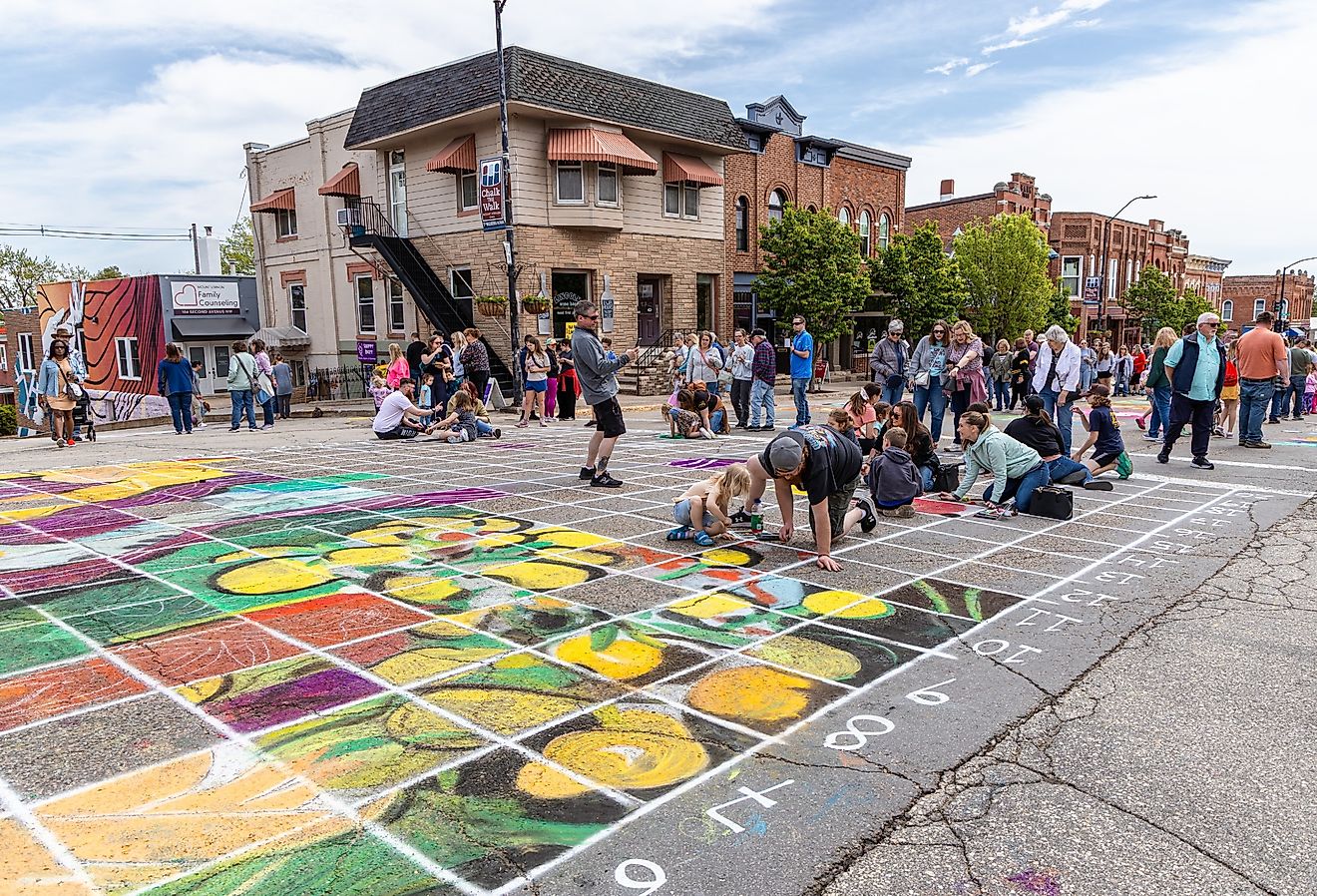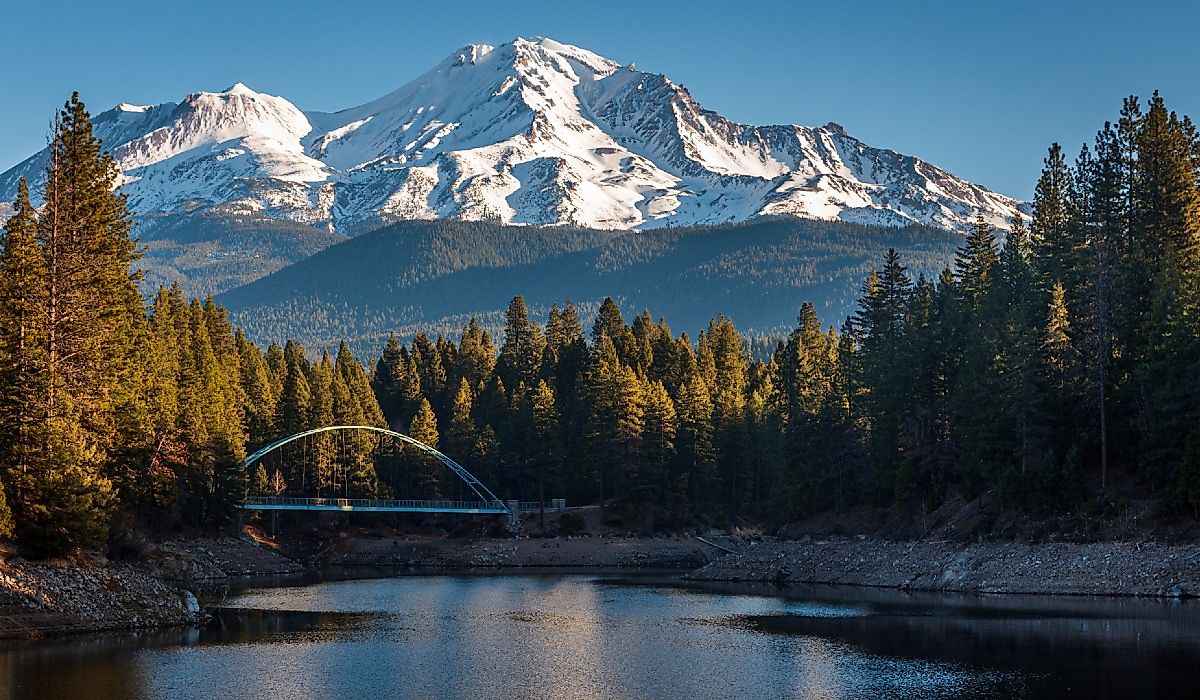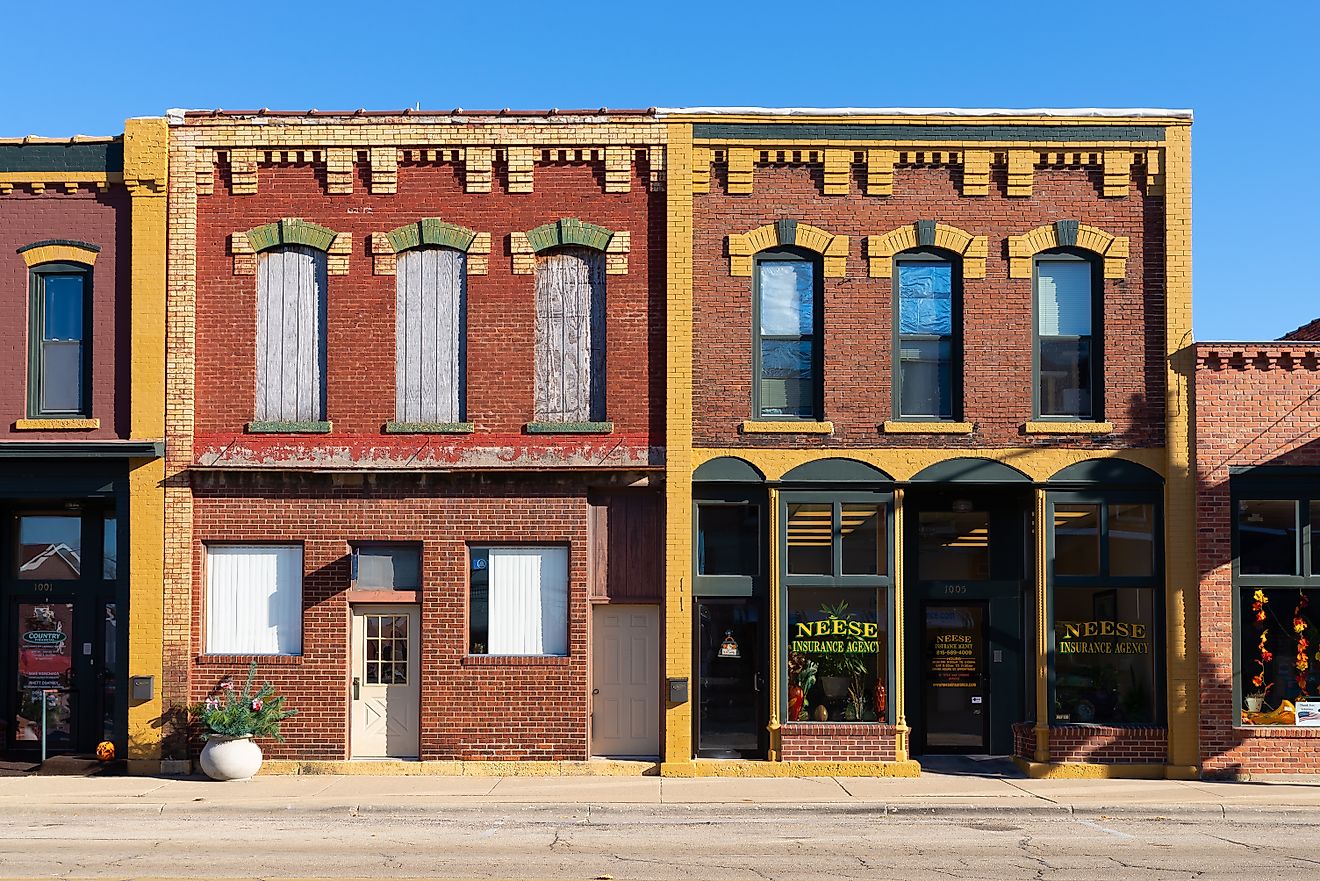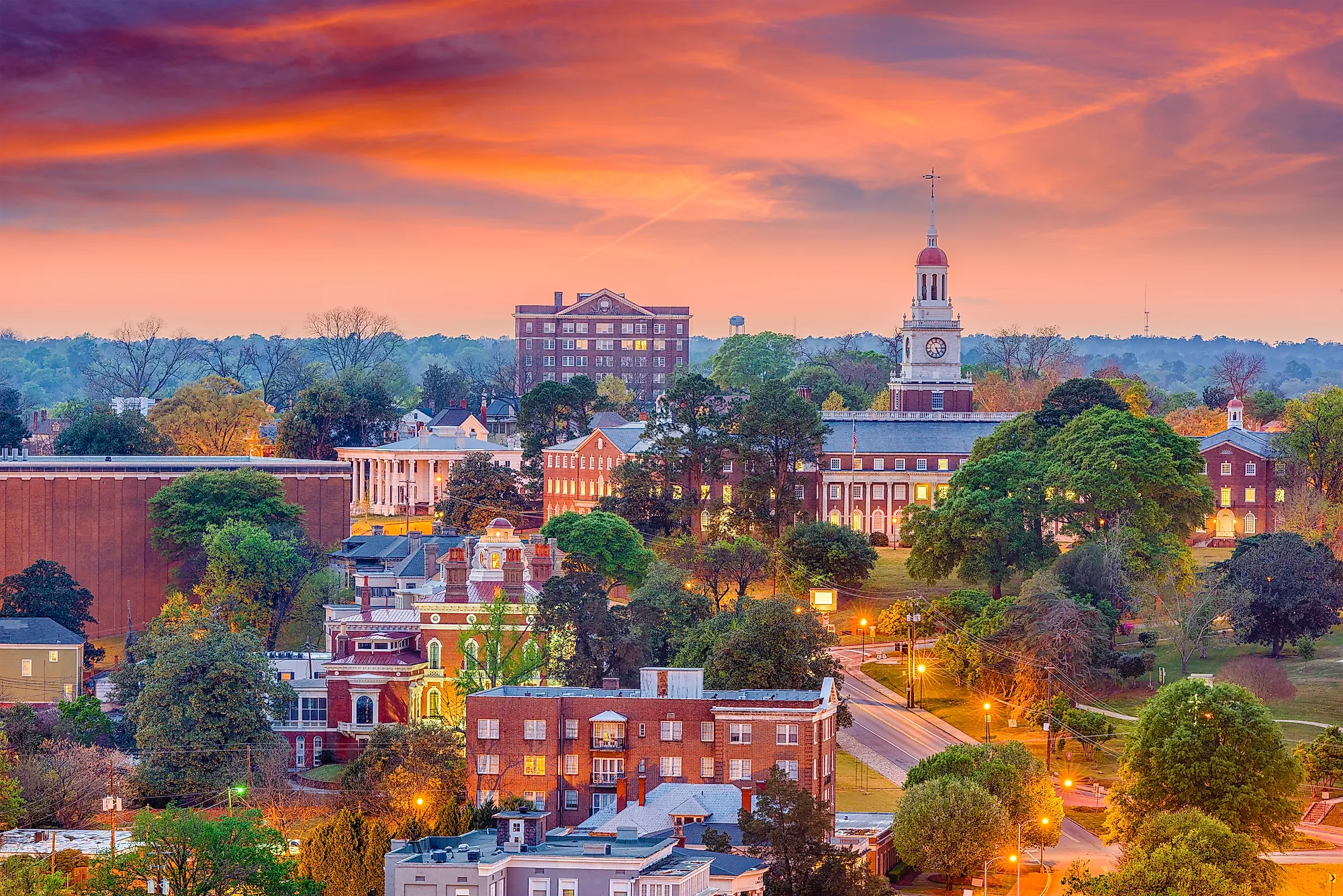
Macon, Georgia
Macon is a city located in the US state of Georgia. It sits in an area where ancient Native American peoples constructed impressive mounds that can still be viewed today. Macon itself was founded in the early 19th century. It grew quickly, largely due to the lucrative cotton industry. Macon was important to the Confederate war effort during the American Civil War. It was also an integral part of war efforts made by the US military during other conflicts. After World War II, the city expanded to include neighboring suburbs. Today, Macon is home to more than 150,000 people.
Geography Of Macon
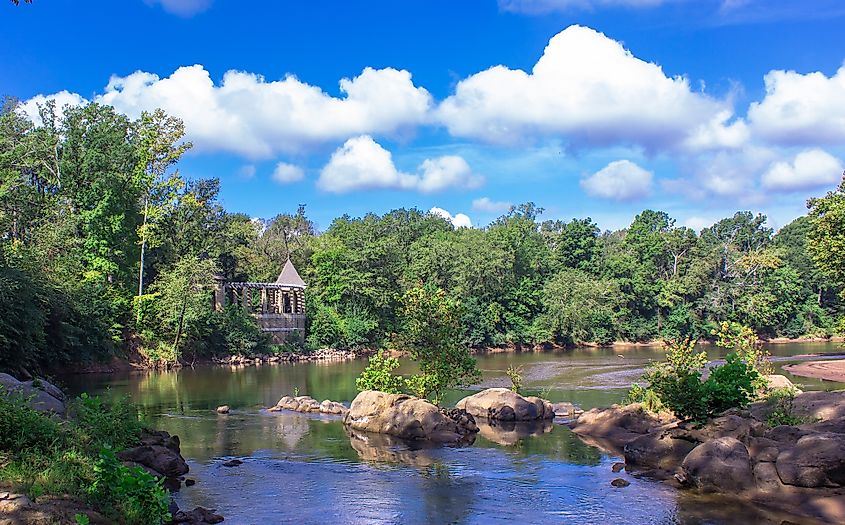
Macon is located close to the geographic center of Georgia, about 137 km southeast of Atlanta, the state capital. The largest city in Macon’s immediate vicinity is Warner Robins to the south. Bordering the city to the east is the Ocmulgee Mounds National Historic Park hosting the ancient mounds built by the area’s Native American inhabitants.
Within Macon are two rivers and an area that contains several lakes. The larger Ocmulgee River and the smaller Walnut Creek flow through the northeastern part of the city. The area in which there are several lakes, collectively known as the Walker Lakes, is located in the city’s southeast. Macon is one of Georgia’s three major Fall Line Cities, along with Augusta and Columbus. The Fall Line is where the hilly lands of the Piedmont plateau meet the flat terrain of the coastal plain. The north side of Macon is characterized by rolling hills, while the south side of the city is composed of flat plains. The total area of the city is 146 sq. km.
Population Of Macon
Macon has a total population of 153,671. More than half of the city’s population is African American. Whites make up about 40% of the population, while Asians comprise around 2% and people of multiracial backgrounds 1.72%. Almost 95% of Macon’s residents speak only English. Spanish is spoken by 2.5% of the population. Nearly the entire population of Macon, or 96.67%, was born in the United States, while 75.67% were born in the city itself.
Economy Of Macon
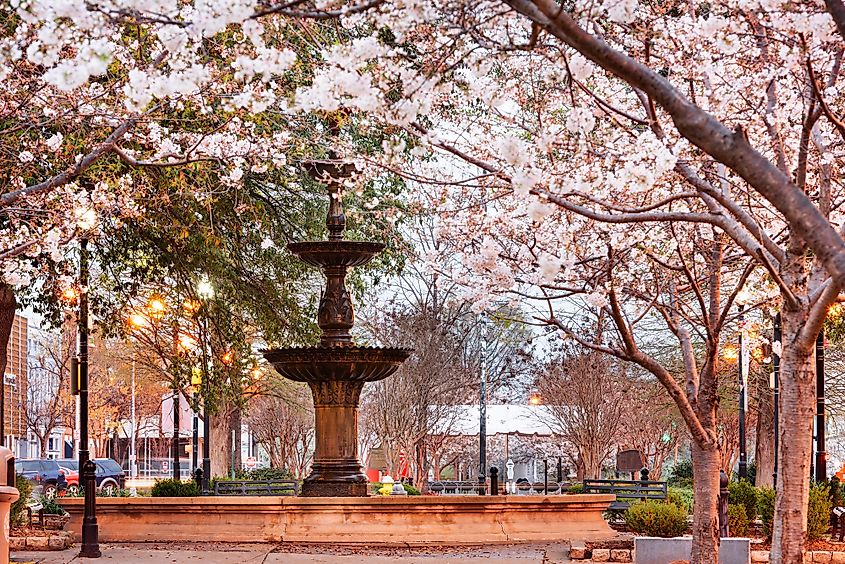
The average household income in Macon is $63,566, the poverty rate is high at 24.92%, and the unemployment rate is 7.2%. Manufacturing, aeronautics, healthcare, and tourism are the leading employers in the city. Macon is home to Robins Air Force Base, which is the largest single-site industrial complex in the state of Georgia.
History Of Macon
Before European arrival, the area was inhabited by several Native American peoples, who had lived there for 17,000 years. The ancient mounds built by Native Americans in what is now Ocmulgee Mounds National Park were built around the year 1000 CE. The first Europeans to set foot in the area did so in 1540. They were part of a Spanish expedition led by the famous conquistador, Hernando De Soto. The first Christian baptism in North America occurred in the Ocmulgee River when priests from De Soto’s expedition baptized two Native American boys.
The first structure to be built in the Macon area by whites was Fort Benjamin Hawkins, established in 1806 on the east bank of the Ocmulgee River as a fortification and trading post between the US Government and Native Americans of the Creek nation who lived at the Ocmulgee Oil Fields. Trading activities drew new white settlers to the area, and the fort was renamed “Newtown.” However, the Macon area would remain Native American territory until 1821, when the Creek nation relinquished the area between the Ocmulgee and Flint Rivers and the Ocmulgee Oil Fields. Shortly after that, the state legislature began dividing the land into counties and authorized the creation of a new town on the west bank of the Ocmulgee River. The city of Macon was incorporated in 1823 and was named for North Carolinian statesman Nathaniel Macon.
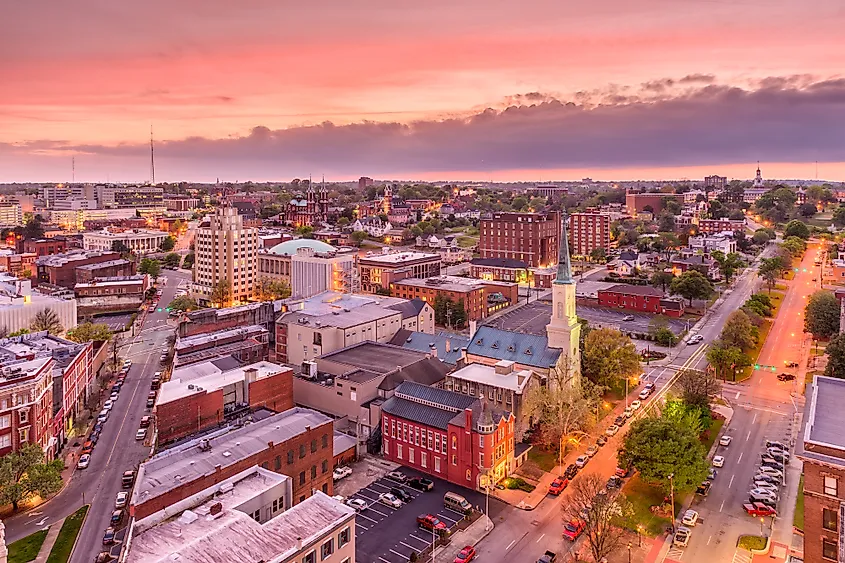
Within just ten years, the new city of Macon boasted a population of 3,000 residents. The city thrived along with the lucrative cotton industry. Farmers would come from as far as 60 miles away to do business in the city. Growth accelerated with the arrival of the railroad in 1860. By this time, manufacturing had gained a foothold in the city. There were several foundries, a brickyard, and a cotton mill. The city’s population grew to more than 8,000, making it the fifth-largest city in the state.
During the American Civil War, thousands of people from the Georgian countryside took refuge in Macon. The city served as the base for the Confederates’ official arsenal. Towards the end of the war, the city was occupied by Union soldiers without a fight, thus sparing it from the destruction borne by other cities. During the Spanish-American War and the two World Wars, Macon and its vicinity served as a home and training grounds for US troops. Several military installations were established in the area, including the still-present Robins Air Force Base. After WWII, industry in Macon boomed, with many companies in the US North establishing plants in the city. Agriculture in the Macon area became increasingly mechanized and diversified away from cotton.
In the mid-20th century, Macon’s demographics changed significantly as African Americans moved in, while white residents moved out into adjacent counties. The city continued to expand, annexing large sections of the surrounding suburbs. The end of the 20th century saw changes in the city’s economy as it moved away from agriculture and industry in favor of retail trade and services, with healthcare, financial and insurance employment, and tourism becoming increasingly important.
Attractions In And Around Macon
Ocmulgee Mounds National Historic Park
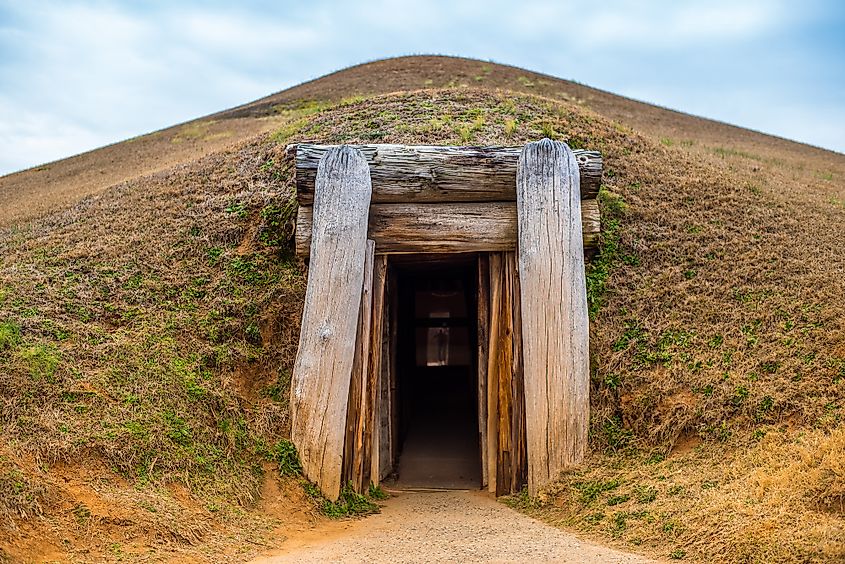
One of Macon’s most prominent attractions is the Ocmulgee Mounds National Historic Park. As its name implies, this park is home to several ancient mounds built by the Mississippian Native American culture people about a thousand years ago. These include the Great Temple Mound and the Funeral Mound. There is also the Earth Lodge, which was once the Counsel or Ceremonial Chamber of the Mississippian people of the Macon Plateau. During the third weekend of September, the Ocmulgee Indian Celebration takes place. It is one of the largest Native American gatherings in the Southeast, as more than 200 craftsmen, dancers, storytellers, and living history demonstrators come together and share their culture with visitors.
Other Attractions
Macon is a city with a vibrant history and heritage. The city includes 14 historic districts that are home to over 6,000 historic homes and buildings listed on the National Register of Historic Places.

